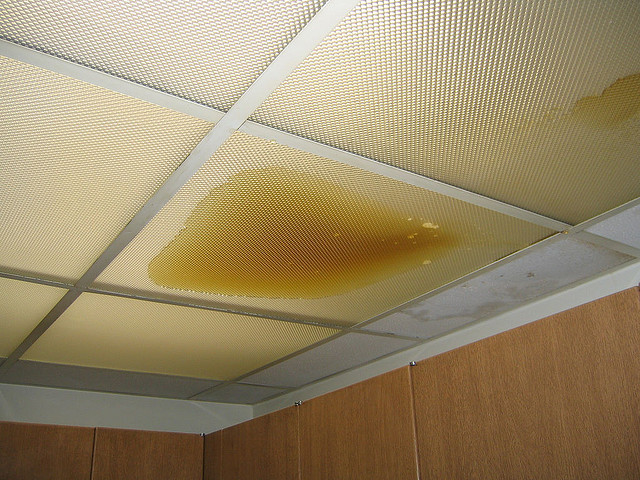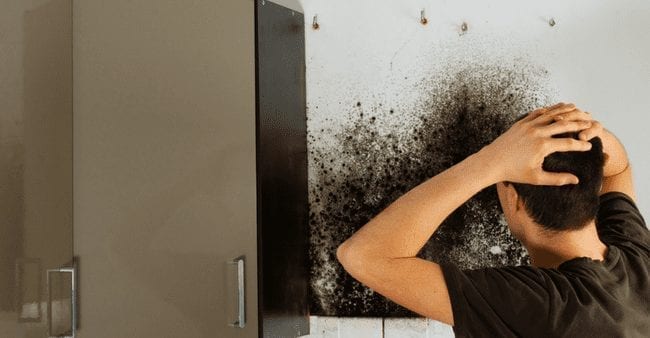Reveal Concealed Water Line Leaks: Six Tested Detection Methods
Reveal Concealed Water Line Leaks: Six Tested Detection Methods
Blog Article
Nearly everybody is bound to have their own individual piece of advice on the subject of Locating water leaks.

Early detection of dripping water lines can minimize a potential catastrophe. Some little water leaks might not be visible.
1. Check Out the Water Meter
Every residence has a water meter. Checking it is a guaranteed way that assists you uncover leakages. For beginners, turn off all the water sources. Guarantee nobody will purge, make use of the tap, shower, run the cleaning machine or dishwasher. From there, go to the meter as well as watch if it will alter. Considering that nobody is utilizing it, there should be no movements. That indicates a fast-moving leak if it relocates. Likewise, if you discover no changes, wait an hour or more as well as check back again. This means you might have a slow-moving leakage that might even be underground.
2. Inspect Water Usage
Evaluate your water bills and also track your water intake. As the one paying it, you ought to discover if there are any discrepancies. If you spot sudden changes, despite your intake coinciding, it indicates that you have leakages in your plumbing system. Bear in mind, your water costs must drop under the exact same range every month. An abrupt spike in your costs suggests a fast-moving leak.
On the other hand, a stable increase on a monthly basis, despite the same habits, reveals you have a sluggish leakage that's likewise slowly rising. Call a plumber to extensively inspect your residential or commercial property, especially if you feel a cozy location on your floor with piping below.
3. Do a Food Coloring Test
When it concerns water intake, 30% comes from commodes. Examination to see if they are running correctly. Decline specks of food color in the container and wait 10 mins. If the shade somehow infiltrates your dish during that time without flushing, there's a leakage in between the tank as well as dish.
4. Asses Outside Lines
Don't neglect to examine your exterior water lines also. Must water permeate out of the link, you have a loosened rubber gasket. One small leak can squander bunches of water and also increase your water expense.
5. Evaluate the situation and examine
Property owners ought to make it a practice to check under the sink counters and also inside closets for any type of bad odor or mold growth. These two warnings show a leakage so timely attention is called for. Doing regular assessments, also bi-annually, can save you from a significant trouble.
Extra notably, if you recognize your residence is currently old, keep a watchful eye on your heaters, hose pipes, pipelines and so on. Look for stainings and damaging as a lot of pipes and also home appliances have a life span. They will certainly additionally naturally deteriorate as a result of wear and tear. If you presume dripping water lines in your plumbing system, don't await it to intensify. Call a professional plumber today so you don't wind up with an awful mess in your house.
Early discovery of leaking water lines can minimize a prospective disaster. Some small water leakages may not be visible. Examining it is a surefire method that aids you discover leakages. One tiny leakage can throw away loads of water and also spike your water expense.
If you presume dripping water lines in your plumbing system, don't wait for it to rise.
How to Know If Your Home Has a Hidden Leak
Water Meter Reveals Inexplicable Water Usage
If you’d like to test whether or not there’s a leak somewhere in your home, you can do this using your water meter. Here is how to conduct the test:
Don’t use any water in your home for at least 30 minutes; this also means not turning on faucets or water-using appliances.
Go outside, and check your water meter for activity.
If your water meter shows that there was activity, even though no one was using any water, this proves that there is a leak in your home.Visible Mold or Mildew Growth
Leaks behind walls create moist, dark environments that allow mold and mildew to grow and thrive. Eventually, you might see mold growth forming on the wall closest to a hidden leak.
If mold is growing in an area that receives a high amount of moisture, such as a bathroom, it may simply be an indication that better ventilation is needed. However, if you see mold growth on a wall or the ceiling in an area where you would not expect, you probably have a hidden leak.
Musty, Mildew Odor
Sometimes you might not be able to see the mold or mildew that is growing as a result of a leak. However, the smell can give the problem away just as easily. If you catch a whiff of something musty, there’s a good chance that old water is collecting somewhere in your home that you can’t see.
Stained/Warped Walls, Ceilings, or Floors
When your home soaks up water, a variety of red flags can become visible, including ceiling stains, bubbling drywall, warped walls, and sagging floors. While these issues can be caused by excess humidity, they can also be signs that a pipe or plumbing connection has started leaking behind your walls.
Inexplicably High Water Bill
After a while, you get a general sense for what your water bill should be. If you own a pool or sprinkler system, your bill will tend to be higher during summer. However, if you receive a water bill that seems especially high, and you can’t figure out what caused it, then you may have a hidden leak somewhere that’s increasing your bill.
https://www.plumbingjoint.com/blog/2019/july/how-to-know-if-your-home-has-a-hidden-leak/

I have been very taken with Top leak detection hacks and I'm hoping you enjoyed my blog entry. Loved our blog entry? Please share it. Help other people locate it. We recognize the value of reading our article about Finding hidden leaks.
Drains blocked? Dial. Report this page